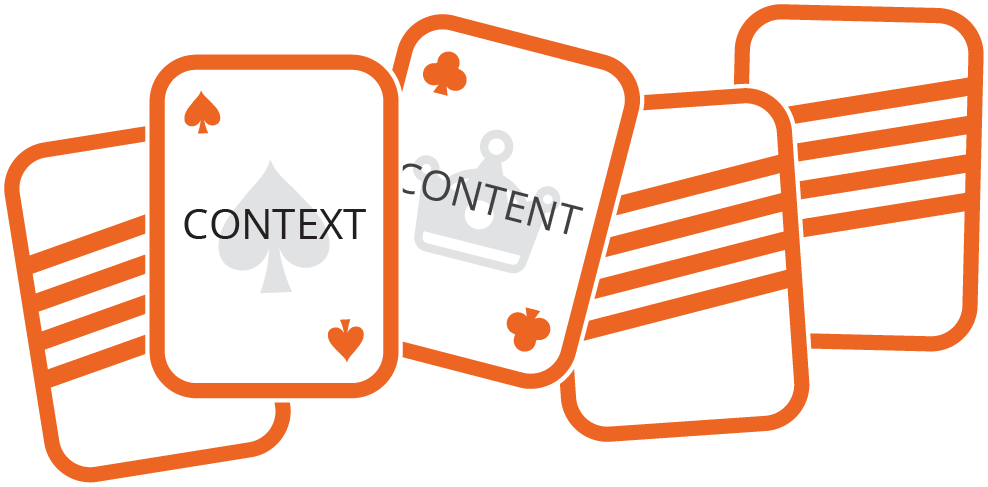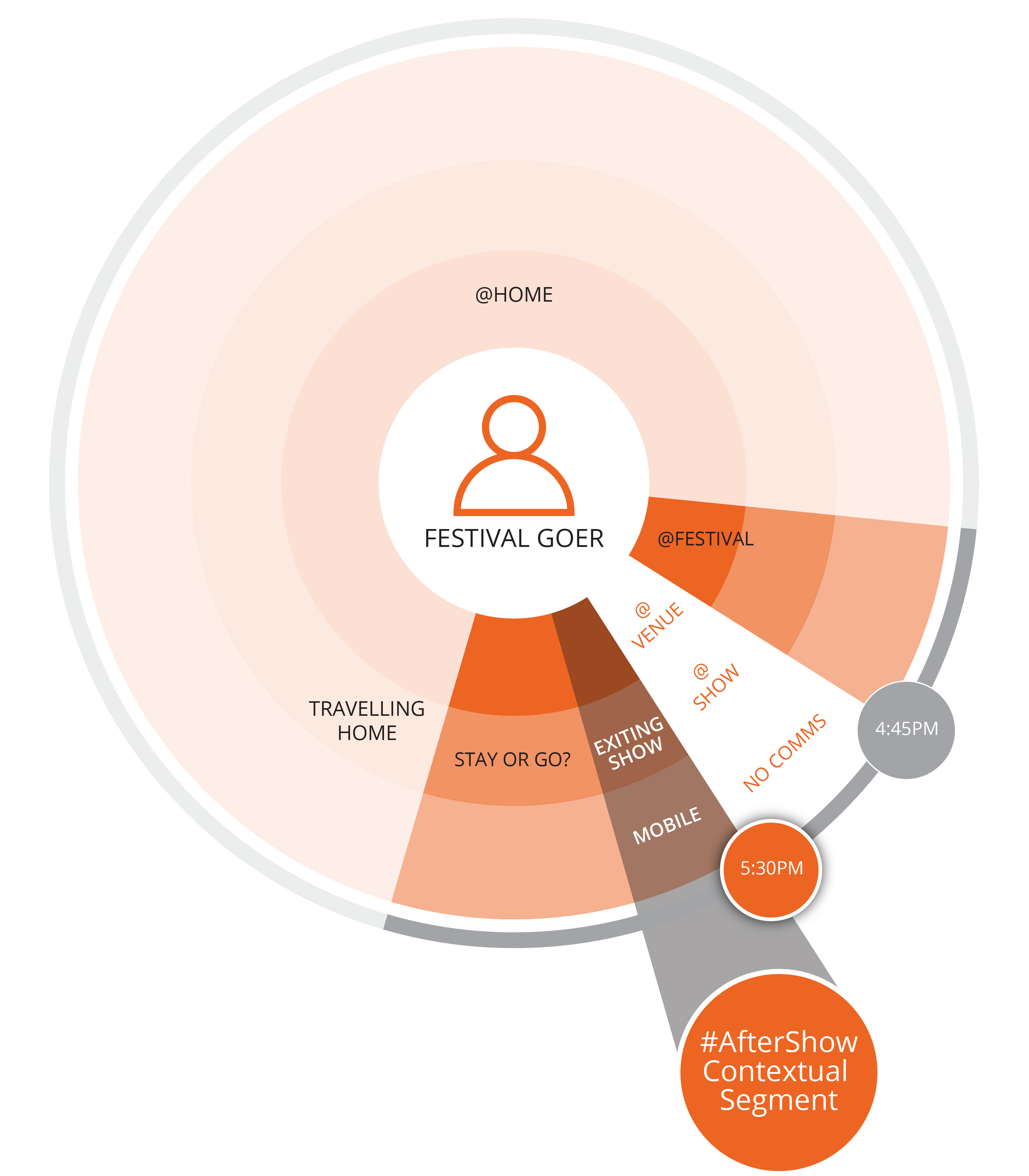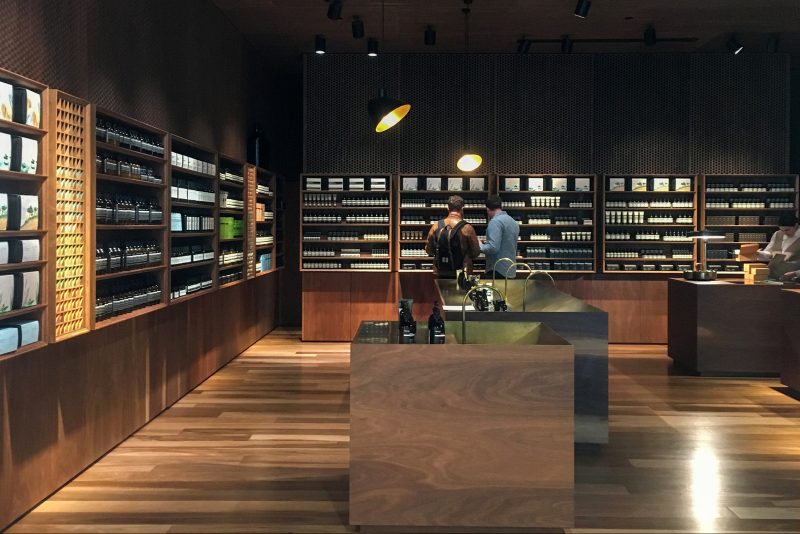How to find your digital context ‘Ace’
In the 1970’s and 80’s content was very much king. In an era of no Web or mobile Internet, newspapers and television stations were the ‘Hand of the King’ – owning a media house guaranteed wealth.
In the 2000’s we witnessed how content needed to be personalised in order to keep its kingly position. Media houses, both new and traditional, provided readers with a customised view of the world. So content remained King.
But, it has always confused me why content wasn’t the Ace. I assume it is because the reference is to the real world concept of kings in castles, making this a very poor analogy for such a famous and striking statement – kings get usurped or even worse become figureheads.
Consequently, I tender a different real-world analogy with kings and queens, and jacks, in the form of ace-high poker. Where context is the Ace.
The Deal:
Context as a strategy
The emergence of Internet-connected mobile devices and real time tech have transformed ‘context’ into an extremely tangible and a strategic utility. Had this technology existed in the 1970’s the quote would have been written as “Although context is the Ace, content is King.”

Today, the lion’s share of forward-looking businesses are constantly scanning for better methods to deliver information, services and experiences that match the evolving needs of audiences and customers. By needs I mean situation. By situation I mean context.
Context is the gravity-field around a person, pulling in passing objects and abstract bits into their atmosphere. It is literally the ‘everything’ that describes a person and their surrounds at that split second in time.
Context is the metadata of a customer, consumer, stakeholder, employee – it is their location, the day, the time-block, the situation, the environment, the devices close-by or in their possession, and so on and so forth.

Tear Down: Context as contextual objects
Context facilitates how we can identify, describe and classify people that are in very specific scenarios as a target market – a new strategy presents itself … We can segment on context!
The Tell:
Contextual segmentation
Businesses, and especially marketers, are experts in constructing a psycho-demographic dossier on their current and potential customers. However, these methodologies are not designed to address audiences that fall outside of the conventions for psych or demo. Such as consumers passing-by a store window display at 11pm or employees riding the tram to work at 7:45am – this is where context trumps all.
Contextual segmentation is about targeting people using available contextual information or contextual objects. And, by identifying the group’s context we can deliver a contextual offer to a situational (apposite) audience at an opportunemoment.


Marketers should evaluate the benefits of exploiting contextual segmentation in their martech (marketing technology) stack. Augmenting the tech stack with a context-aware technology opens up the opportunity to create contextual segmentations from any audience and automate delivering contextual offers to the segment.
Effectively the ‘tech’ is just a set of business rules that are triggered based on the detection of a real-time niche – a dynamic cohort that appears then disappears, changing in scope and audience size within days, hours or minutes. (And, yes, AI would be perfect.)
The Turn:
What does a contextual segment look like…
Let’s use an example. A not-for-profit operates an annual festival which puts on hundreds of shows and acts every day for four weeks. The audience that attends the Festival is a convoluted mix of persona types. The Festival’s ticketing software is a source of contextual information like the type of shows a person will be attending and the exact time a specific show will finish. These data points are beautifully contextual, providing a strong filter to trigger contextual business rules in real time.
The objective is to uncover contextual insights that are relevant to all festival-goers, regardless of their demographics or psychographics, ultimately so we can define a new contextual segment to target.
Contextual Insight:
62% of event-goers at the point of exiting a show want to continue into the evening, looking for food and drink or going to another show close-by.
Contextual Segmentation:
The marketers of the Festival have decided to engage with every person who attends a show, creating a new contextual segment to target – called “#AfterShow”. Segmenting in real time based on …
Event-goers @ Festival and Venue Location + Mobile Phone + Time of Day + Type of Show + Contextual Insight: Continue into the evening.

Contextual Opportunity:
Since all barcodes of tickets are scanned at the door we know when a customer is at the show and therefore we also know their venue location. We also have their mobile number from when they purchased the tickets.
This is a contextual opportunity. There is an identifiable contextual segment …
‘People leaving a venue with a desire to continue on to something else, with a mobile phone in hand, and we know their exact location – watching a comedy act.’
Contextual Offer:
A campaign is set up to trigger 5-minutes after every show finishes, allowing the audience time to exit the venue. The offer is only delivered to attendees that fit the #AfterShow contextual requirements.
The #AfterShow segment is automatically sent the following SMS …
“#AfterShow ticket offer to another comedy show. Get a $5 voucher, use within the next 15 minutes. Click to view the shows.”
The River:
Getting started with contextual segmentation
1. Ante up by getting stakeholders, marketers and strategists collaborating on what contextual objects are relevant to your audience and customer base.
2. Understand how your touchpoints will materialise within the customer’s journey and what are the unique contextual properties for each touchpoint.
3. Think in terms of episodic experiences, which are a smaller part of the customer’s end-to-end journey, such as “people who are exiting a festival show right now and deciding what to do next”. Episodic experiences are a discrete and specific scenario, usually recurring, making it easier to trigger a contextual segment.
4. Create your initial set of contextual insights and opportunities and use these to prototype how you would execute a contextual segmentation campaign. Use this experiment to validate if contextual segmentation is strategically relevant to your business.
5. Continue to build a library of contextual insights and opportunities; use these to configure contextual segments, for example …
- Home + Sunday Evening + Watching TV + Mobile + ……
- Tram Travel + Monday Morning + 7 am to 8 am + Mobile + ……
- Employees Working From Home Office + Tuesday + Remote Worker + Banking Industry + …
6. Full technical and business support for contextual campaigns – think automated landing pages, contextual product offer with discount codes backed by connected POS systems and customer service teams who can view what a contextual offer is.
The Showdown:
Find brand new audiences
There is an important distinction between contextual segmentation and traditional marketing segmentation.
Contextual segmentation is a platform to find brand new audiences. Where traditional segmentation is about chunking your customer base into groups so you can create targeted marketing and define pricing strategies, the focus for contextual segmentation is to pinpoint where you are leaving revenue opportunities on-the-table by not contextualising an identifiable audience – therefore missing the chance to win a side-pot (the revenue).
FYI – If you have never played poker and are unsure of how the ‘aces high’ situation relates to why context trumps content, then consider how important an ace is when playing solitaire – without at least one ace presenting itself all you do is move cards from one pile to the other. You may as well be holding a hand full of jokers.
Find more about Justin, via his consulting firm Concepts.com.au or the social channels LinkedIn and Twitter.
© 2017 Justin Wilden All Rights Reserved




